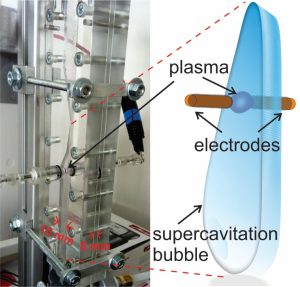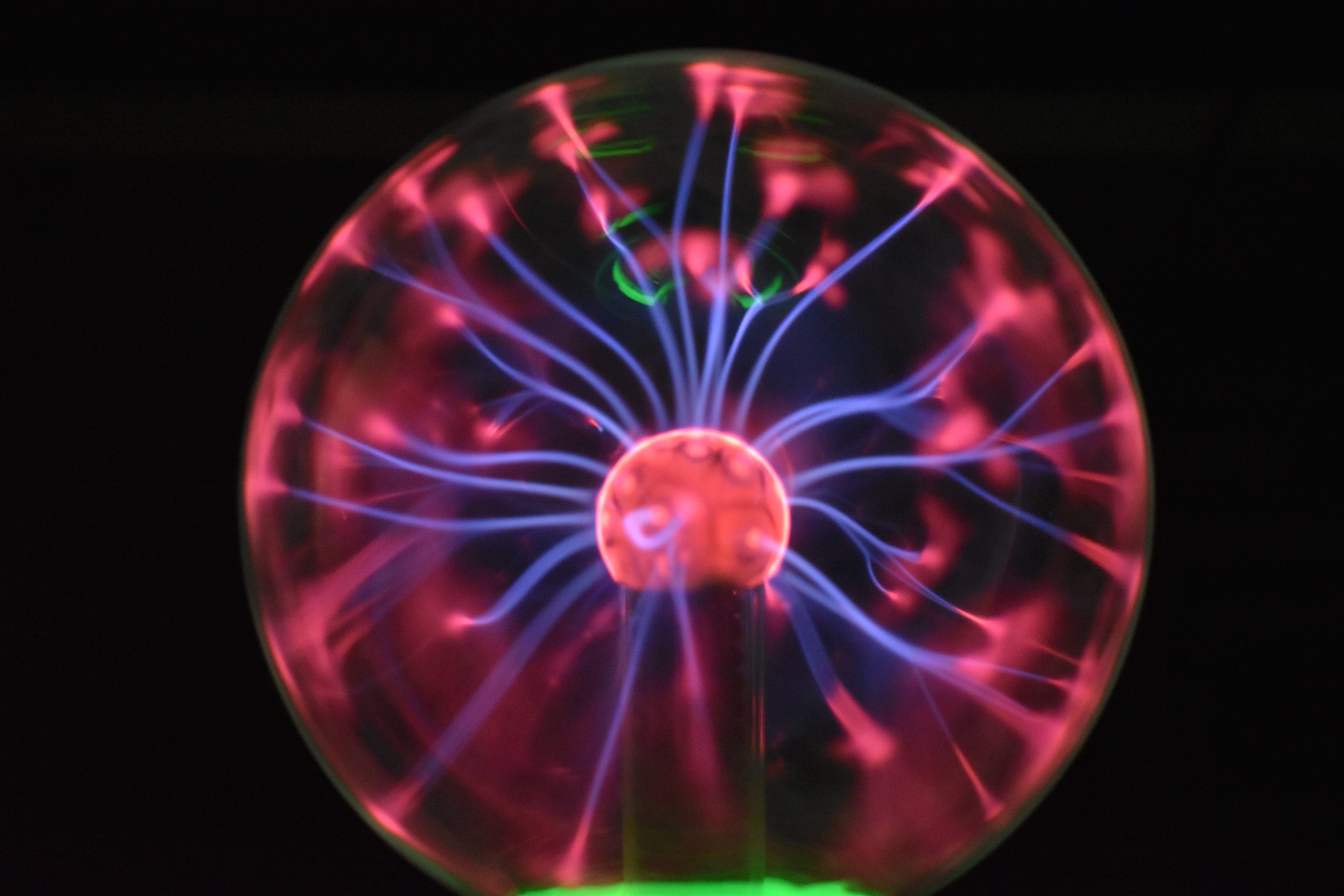Researchers from the Laboratory for hydraulic machines (LVTS) have, together with researchers from National Institute of Biology and Institute Jožef Stefan, designed a unique device combining plasma with supercavitation and to evaluate its efficiency for water decontamination with the emphasis on inactivation of viruses. The results of this study were published in the journal Environment International (IF=13.4).
Water scarcity, one of the most pressing challenges we face today, has developed for many reasons, including the increasing number of waterborne pollutants that affect the safety of the water environment. Waterborne human, animal and plant viruses represent huge health, environmental, and financial burden and thus it is important to efficiently inactivate them.
Therefore, the main objective of this study was to design a unique device combining plasma with supercavitation and to evaluate its efficiency for water decontamination with the emphasis on inactivation of viruses. High inactivation (>99.999%) of MS2, a human enteric virus surrogate, was achieved after treatment. The key factors in the inactivation were short-lived reactive plasma species that damaged viral RNA. Also, water treated with plasma for a short time required for successful virus inactivation did not cause cytotoxic and adverse effects.
Therefore, the combined plasma- supercavitation device represents an environmentally-friendly technology that could provide contamination-free and safe water.

Article is avaliable on the website: https://doi.org/10.1016/j.envint.2023.108285
